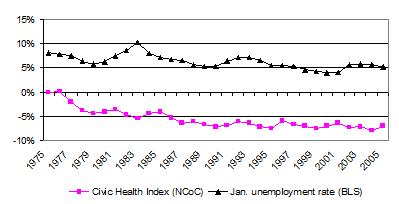All of us have many ethical thoughts–about this person, that activity, and also about general concepts like virtues and principles. Some of our ethical thoughts are linked to other ones. One entails another, or trumps it, or incorporates it. So you could make a diagram of my moral or ethical worldview that would consist of my thoughts and links among them.
What kind of network would it be? And what kind of network should it be? These are, respectively, an empirical/psychological question (the answer to which might differ for individuals) and a moral/philosophical question (which probably has one correct answer). By the way, instead of asking these questions about individuals, one could pose them for cultures or institutions.
Ethics might turn out to involve one of three kinds of networks:
1. An ordered hierarchy. This kind of network map would resemble the organizational flowchart of the US Army. At HQ would be some very general, core principles, mutually consistent: like Kant’s Categorical Imperative or the utilitarian principle of the greatest good for the greatest number. Division commanders would be big principles like “no lying” or “spend government money to reduce suffering.” The footsoldiers would be particular judgments. The chain of command would ideally be clear. Real people might have confused structures, but then we should try to rationalize them. The purpose, for example, of trolley problems is to identify the core principles of people’s ethics so that inconsistencies can be reduced.
2. A random-looking network. In a truly random network, any node has an equal chance of being linked to any other. As in a bell curve, the node with the most links would not be that different from the mean node. Our ethical map would not be truly random, because there are reasons that one moral thought entails another. But the links among concepts and opinions might be distributed so that they were mathematically similar to those in a randomly-generated network.
I doubt that this is good description of morality. David McNaughton and Piers Rawling are correct to say that some ethical concepts are “central.” They are not just more weighty than other concepts (as rape is more weighty than jaywalking). They are also more central in the sense that they turn up more often and we rely on them more for judgments (“Unprincipled Ethics,” in Hooker and Little, eds., Moral Particularism, p. 268.)
3. A scale-free network: This is a mathematical phrase for a network in which just a few nodes have enormous numbers of links and basically hold the whole thing together. Scale-free networks have no “scale” because there’s no typical number of links that can be used to create a scale of popularity on the y-axis. Instead, popularity rises asymptotically according to a “power law.” From wikipedia:

“An example power law graph, being used to demonstrate ranking of popularity. To the right is the long tail, to the left are the few that dominate (also known as the 80-20 rule).”
In the case of ethics, we might find that equality, freedom, self-improvement, and compassion were power hubs with enormous numbers of links. Gratitude, fidelity, etc might appear in an important second tier. (I am drawing here on W.D. Ross’s list of prima facie duties.) Not cutting ahead in line would be out on the “long tail” of the distribution, along with reading Tolstoy and smiling at bus drivers.
Empirically, I think we could find out whether people (some or all of them) had scale-free moral network maps in their heads. One method would be to obtain a lot of text in which they reasoned about ethical issues–say, interview transcripts. One would identify and code concepts and connections among them, justifying each addition to the map with a quote. Whether the network is scale-free then becomes a mathematical question.
Philosophically, I like the idea of morality as a scale-free network. It means that some concepts are much more important than others, but everything needn’t rest on a consistent and coherent foundation. The network can be strong even though it accommodates tensions. Further, since there is no foundation, doubting any one premise doesn’t undermine morality as a whole. It just knocks out one hub and the traffic can be redirected. Finally, this metaphor helps us to think about differences in ethical thinking among individuals and among cultures. It’s not that we have incommensurable perspectives, but that our network maps have (somewhat) different hubs. That suggests that dialog is possible even though disagreement should be expected (which sounds to me like the truth).

